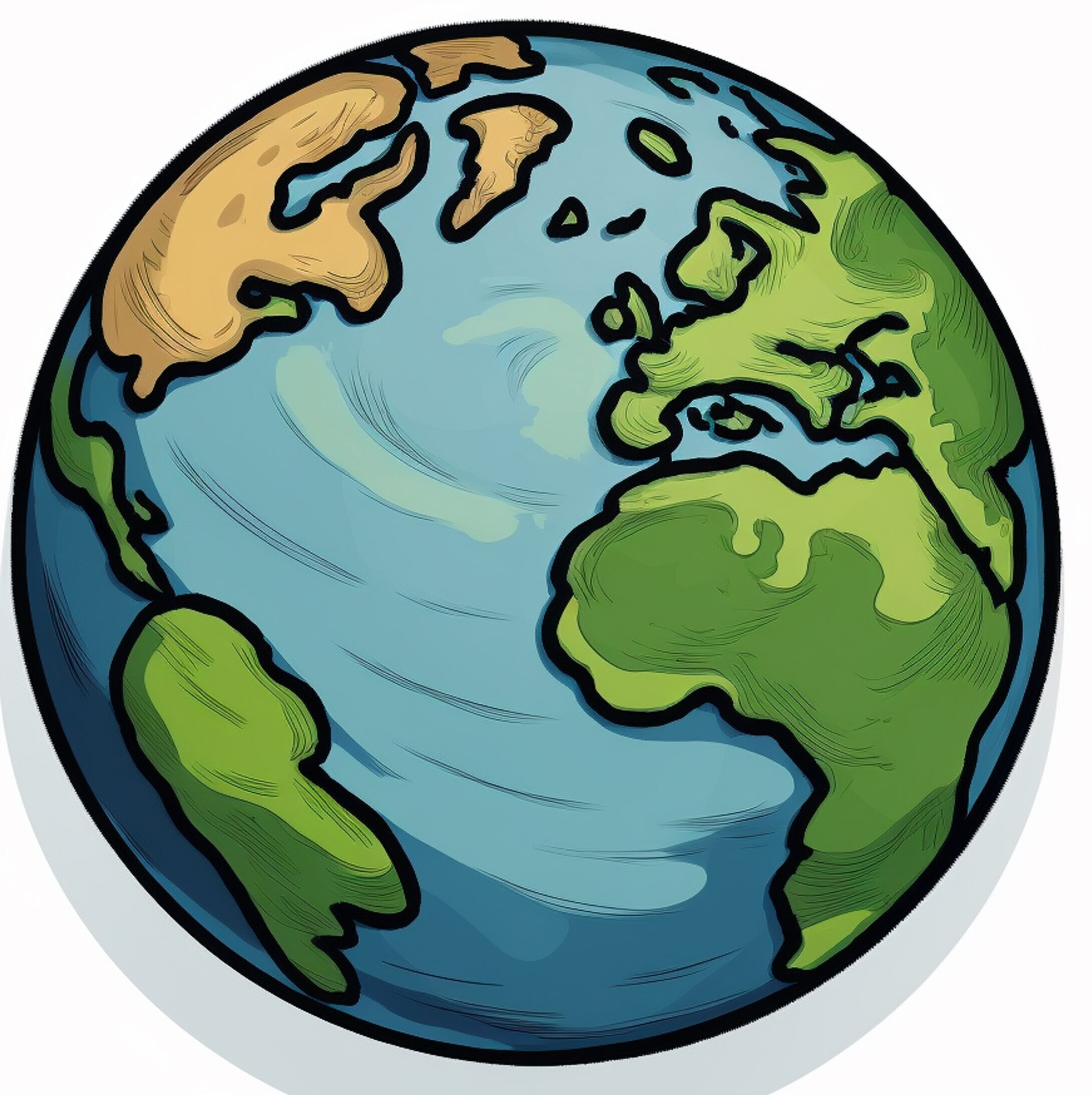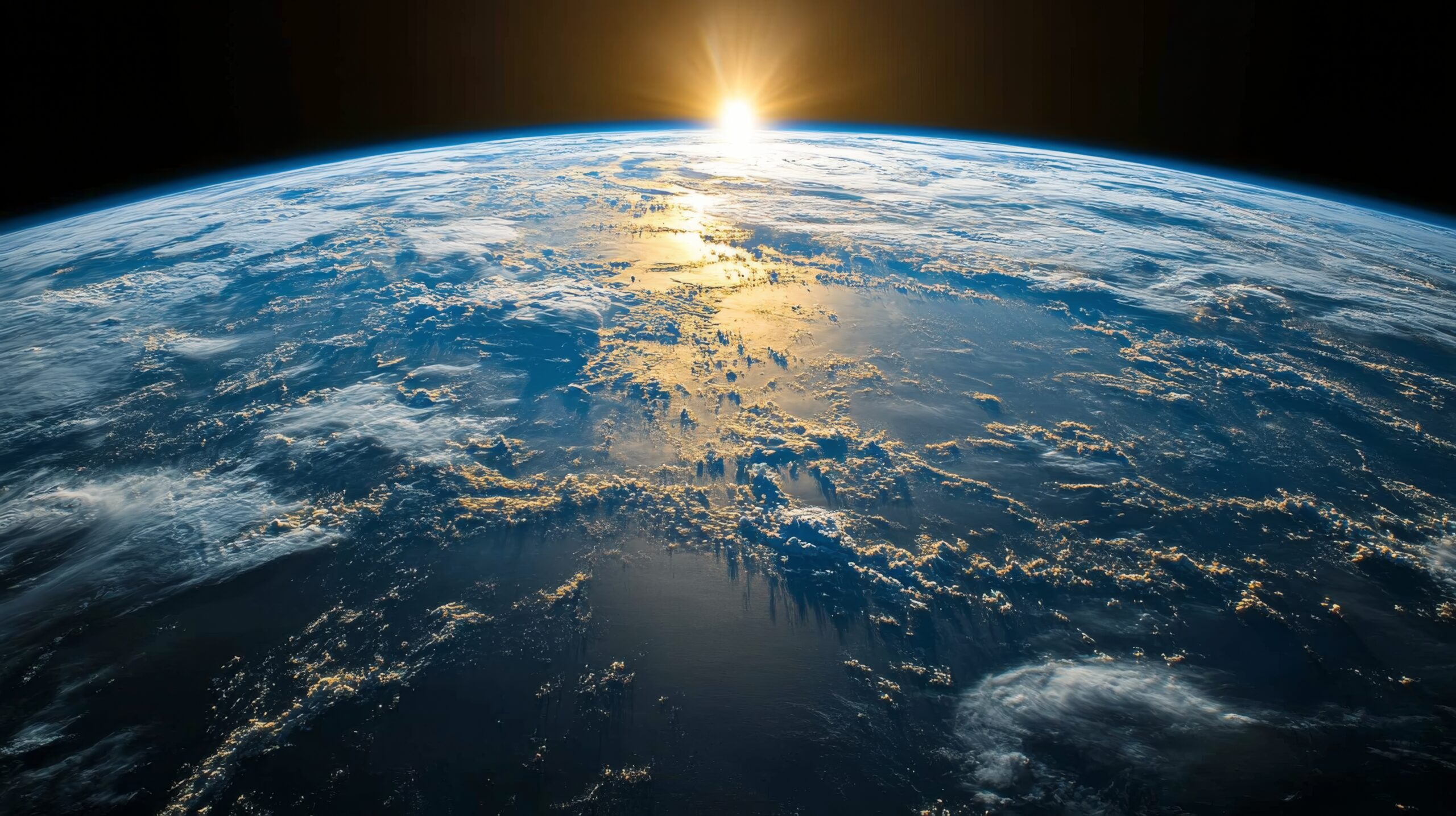Introduction
Earth is the only known planet where life exists. Its unique physical features distinguish it from all other planets. These features—including landforms, water bodies, atmosphere, and temperature—make Earth not only habitable but also naturally beautiful.
1.Shape and Surface
Earth is almost spherical in shape but slightly flattened at the poles, forming what’s known as a geoid. Its surface is divided into three major components: land, water, and atmosphere.
2.Land
Land covers about 29% of the Earth’s surface. It includes continents, mountains, plains, deserts, and valleys. The tallest mountain on Earth is Mount Everest, located in the Himalayan range. These natural landforms not only add to Earth’s beauty but also provide essential resources.
3.Water
Water makes up about 71% of the planet, consisting of oceans, rivers, lakes, and glaciers. The Pacific Ocean is the largest ocean on Earth. Water is essential for life and plays a critical role in regulating the planet’s climate through the water cycle.
4.Atmosphere
The Earth’s atmosphere is a protective layer made up of gases like oxygen, nitrogen, and carbon dioxide. It shields us from harmful solar radiation, maintains temperature balance, and supports weather and climate systems.
5.Internal Structure
Earth’s internal structure is another important physical feature. It consists of three main layers: the crust (outer layer), the mantle (middle layer), and the core (inner layer). The movement of these layers causes earthquakes, volcanic eruptions, and changes in the Earth’s surface.

